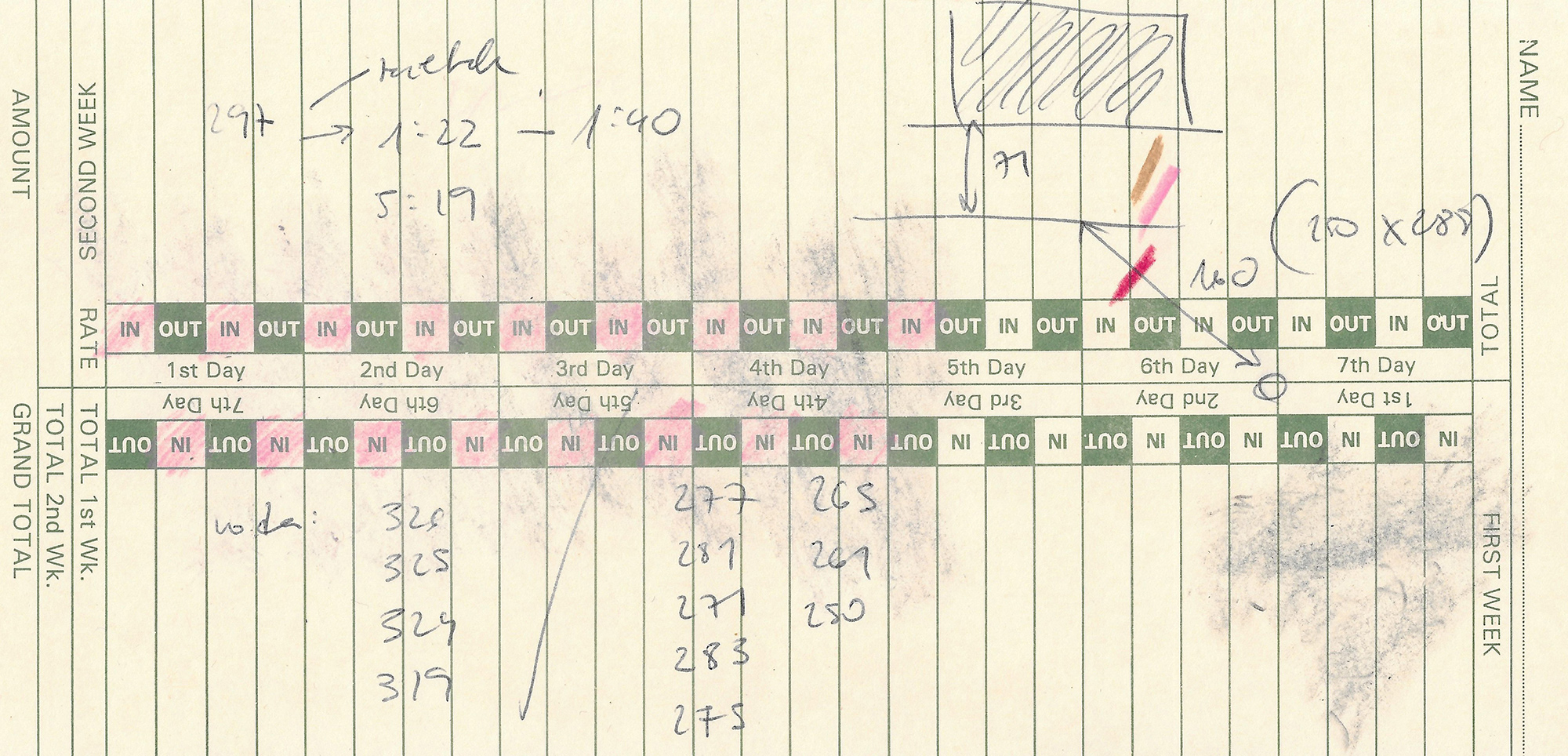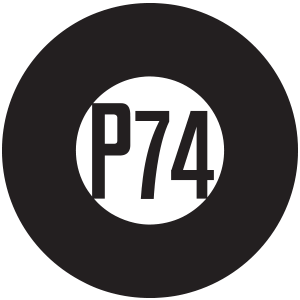
Photo: Ana Likar
7 – 28 June 2024
P74 Gallery
_____
P74 Gallery will be closed on Monday, 24 June and Tuesday, 25 June 2024.
_____
It was mainly because –
It was mainly because –
What was the first one again?[1]
Ana Likar’s solo exhibition is part of the OHO Group Award. As last year’s award recipient, she convinced the jury at the nominees’ exhibition with the installation She Made Storms. (Marina Češarek Gallery, 2023). The piece appeared as a continuation of a homonymous exhibition in the Mikl House Gallery in Ribnica – in fact, it was created in dialogue with the exhibition A Bloody Fight Against the Witch Brood, dedicated to the witch trials in Ribnica; the exhibition space was during 1987 named after one of the accused. The artist’s research project opens up questions of historicisation and brings to the fore a highly mythologised and stereotyped phenomenon that remains at the centre of the current Bodies of Water exhibition. As is typical of Likar’s artistic practice, she again uses a multi-layered narrative to illuminate what is not visible at first glance.
The starting point for these pieces is the interrogation process of those accused of witchcraft – that is, the process within which unreasonable accusations turned from initial denial into confessions. The artist relies on historical sources and transcripts of the Ribnica trials but uses them primarily as an entry point for developing a speculative narrative. One of the exhibition spaces presents a video installation with a video entitled She Made Storms. (Marina Češarek Gallery, 2024), the footage of which takes us from the cave on Klek, in which the accused women were said to have gathered, to a walk through the Marina Češarek Gallery, and finally to fields of overblown St. John’s wort. St. John’s wort remains a kind of symbol of contradiction, as it was used both as a medicinal plant and as a means of extorting confessions from the accused women. The text accompanying the video acts as a dialogue – the author’s mother reads a selection of excerpts from various sources and transcripts (in the Ribnica dialect), and then in the final text (and audio recording), Likar deliberately shows the reader’s errors, slips, and repetitions. This transforms the content so that in places of accusations – which demanded submission, predetermined answers and assumed torture – it repeatedly allows for incomplete or unclear answers and, in some places, calls what was read into question. Likar thus simultaneously includes and highlights the bright moments of twists and uses the corrections to open an associative field beyond hopelessness and helplessness. It is precisely in imperfections that Likar looks for the possibility of questions; those concerning magic, natural phenomena, and the future, which are then reflected back and open a dialogue.
The slips are not only the content basis for the text and video installation design but also a structural guide for the structure of the exhibition – in addition to the video, the piece includes some diversions and side paths, such as works that were not planned but were created during the research process, creation, and reflection (drawings, ready-made objects …). Ideas and works that are not fully developed, or potentials not included in the exhibition for one reason or another, usually remain invisible. This time, however, Ana Likar supports the exhibition’s content precisely with fragments that are perhaps not telling or clear. In a related way, however, as she turns attention away from the torture procedures to the accused women, these small details open up space for what is otherwise a lack in the narrative and, consequently, for a perception from which a different reading can arise. When at the beginning of the video, she lists the dates and events that are seemingly unrelated (Marina Češarek was accused in 1701; the Marina Češarek Gallery opened in 1987; in 2023, the tap in the gallery bursts and water floods it), she connects the past with the present by leaps in time. The question presents itself – is the flooding of the gallery building, which was Marina Češarek’s birthplace, a coincidence, or are there still bodies of water there?
Video producer: Maribor Art Gallery (UGM) for the Art and Environment Triennial EKO 9
Music: Urška Preis (rouge-ah)
_____
Ana Likar (1996) is an intermedia artist who interweaves ecology with working with the contradictions of preservation and archiving. She is particularly interested in how power relations are articulated through the concept of the natural. Likar’s preferred mediums are installations, videos, and texts; she has exhibited her works internationally. Her solo exhibitions include the ones at the Museum of Contemporary Art Metelkova, Ljubljana (2022), Mikl House Gallery, Ribnica (2022), SCCA Ljubljana (2022), the Slovenian Museum of Natural History, Ljubljana (2022), and P74 Gallery in Ljubljana (2021). As part of group exhibitions, her work has appeared at the Klima Biennale in Vienna (2024), the 13th Biennale of Young Artists at the Museum of Contemporary Art in Skopje (2023), the Youth Biennale in Belgrade (2023), and the mumok Museum of Modern Art in Vienna (2022). She graduated from the Vienna University of Applied Arts in 2021 and is pursuing further education at the Städelschule in Frankfurt. Her work was recognised with the OHO Group Award in 2023.
_____
[1] Excerpt from the video »She Was Making Storms«. (Marina Češarek Gallery), 2024.

